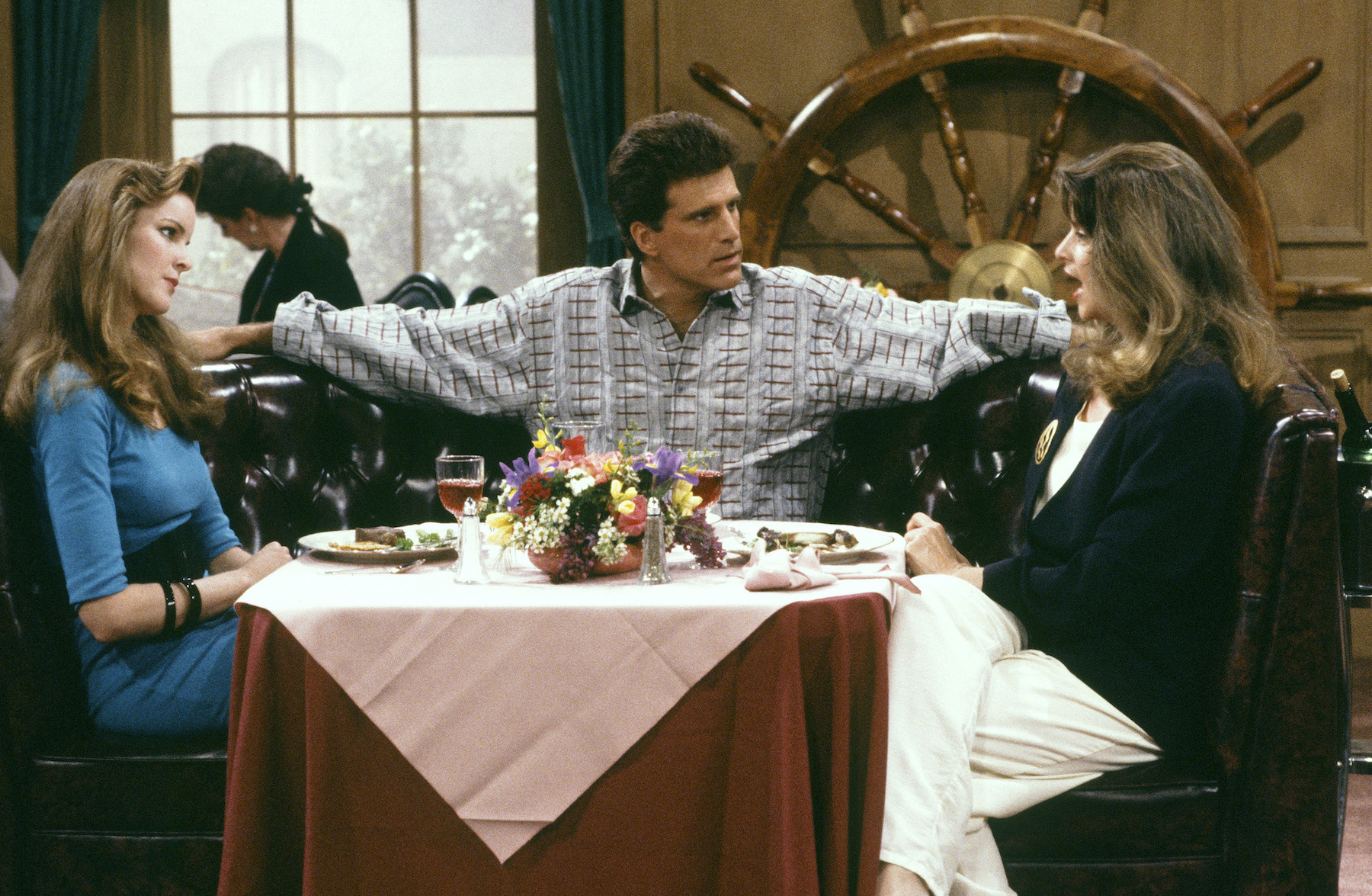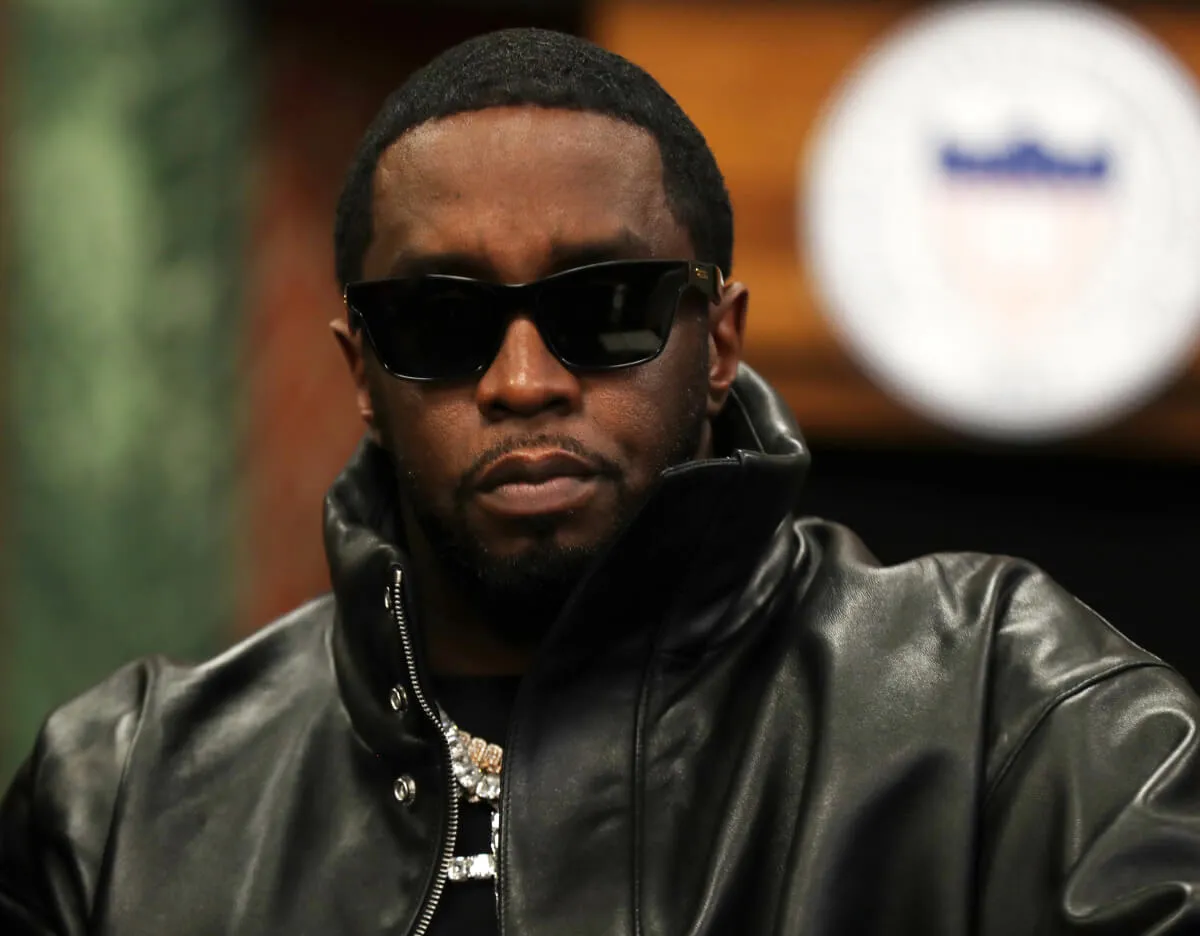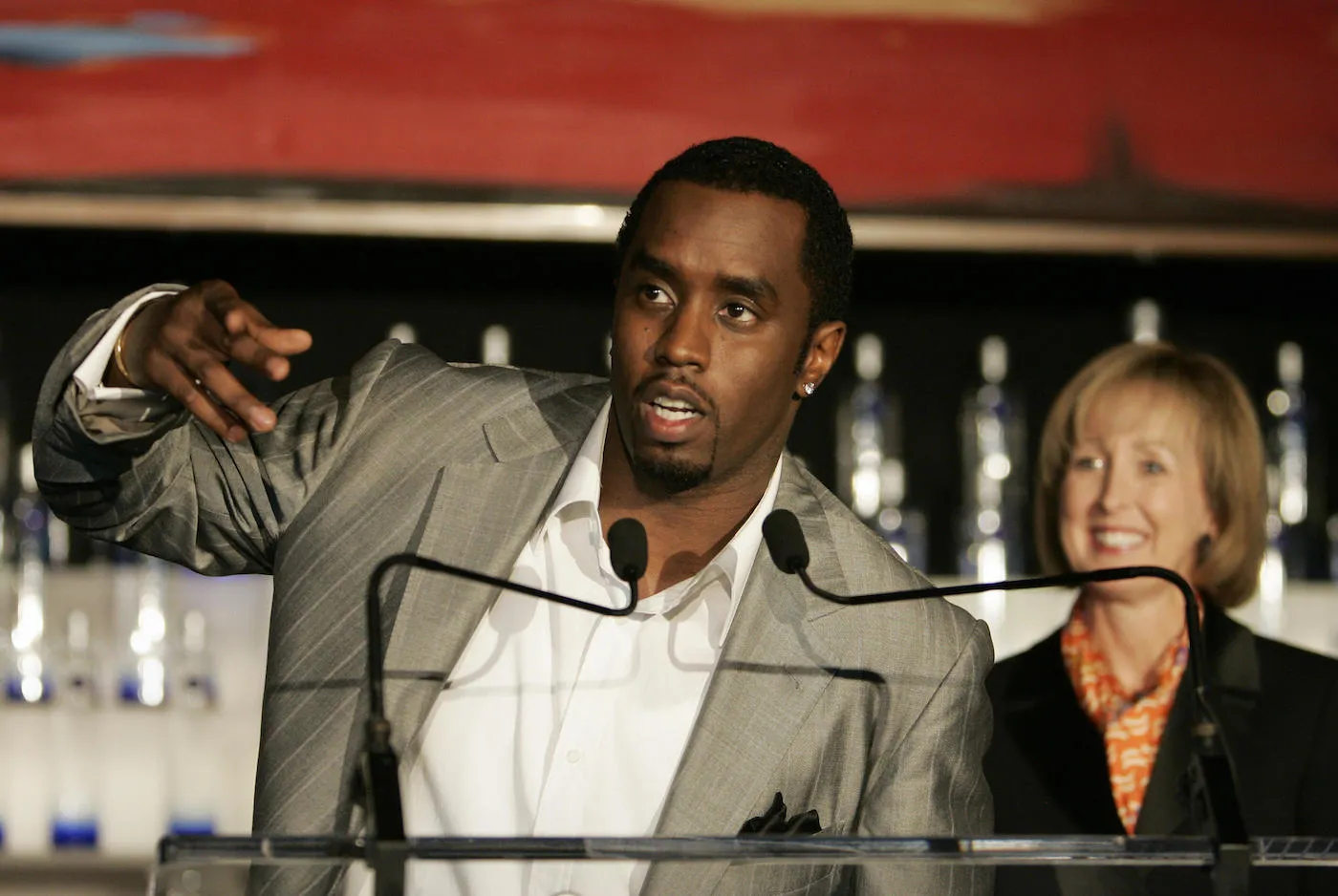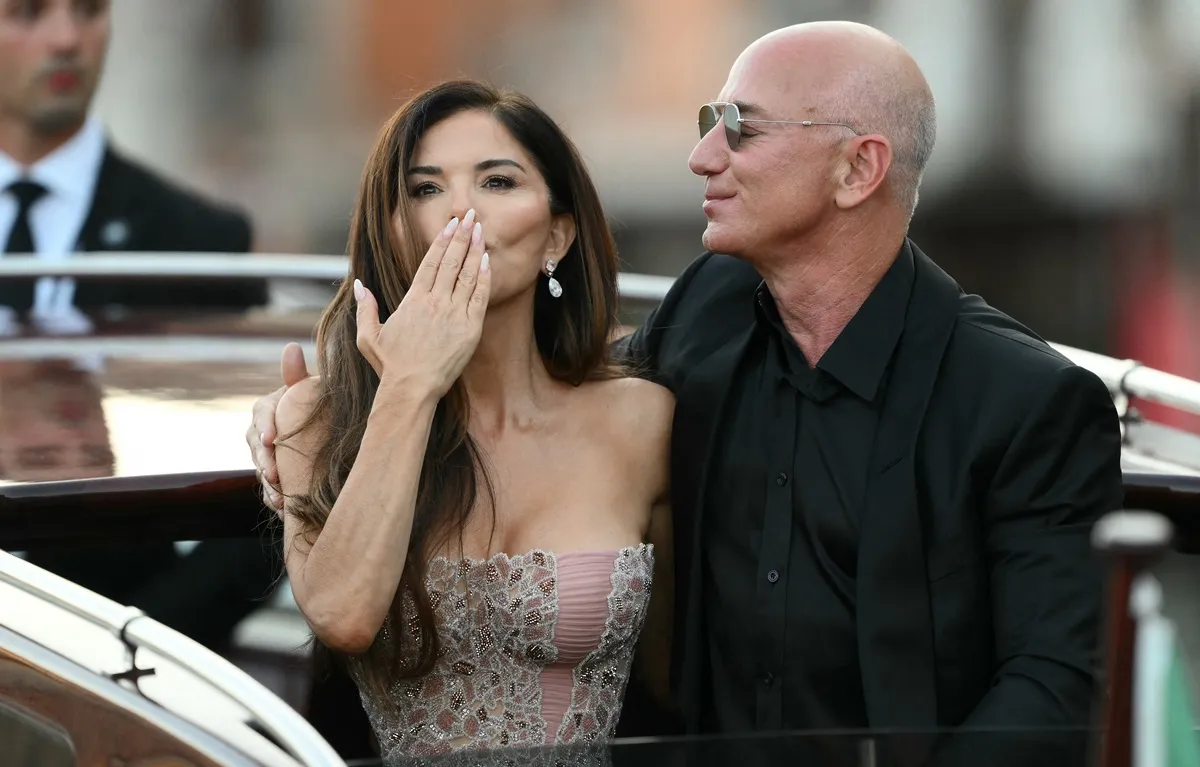‘Cheers’: 1 Short Episode Was Requested By a U.S. Government Agency
Cheers is one of the most successful American sitcoms of all time. It rocket-launched numerous careers, like those of Ted Danson from The Good Place and Woody Harrelson from The Hunger Games series. The series also inspired an equally successful spinoff, the Kelsey Grammar show Frasier, which ran from the end of Cheers until 2004.

‘Cheers’ was a hit for more than a decade
Running from 1982-1993, Cheers was on the air for 11 seasons and won multiple Emmys and Golden Globes. As the theme song famously goes, the show gave audiences a place to go where it seems like everybody knows your name.
The stellar ensemble cast, which also included Rhea Perlman, Kirstie Alley, and Shelley Long, was a big reason that people fell in love with all the characters and wanted to keep tuning in. They felt like they knew the characters and wanted to see their stories grow and evolve over time. This same effect also explains the success of Frasier that followed after Cheers.
The show was an early model for good ensemble comedy
The basic premise of Cheers was that Danson’s character Sam owned a bar in Boston, where he used to be a pitcher for the Boston Red Sox. The show follows the people who work at the bar and a cast of regulars. It centered on the drama, antics, and love triangles of the oddball characters who become friends while spending so much time together in a beloved place.
For instance, a lot of the show followed Sam’s on-again-off-again vibes with Long’s character Diane. A notorious womanizer, Sam also has a dalliance with Alley’s character, Rebecca.
RELEASED: ‘Cheers’: Eddie LeBec’s Zamboni Death Started With Drama Behind-the-Scenes
Later ensemble sitcoms like The Office and Parks and Recreation in many ways seem inspired by the Cheers model for what good ensemble comedy looks like. The show was super successful at weaving in all the different personalities and character arcs that develop when people spend a lot of time together. It was an early model for how successful a show can be when it centers on a particularly special place.
‘Cheers’ had this one weird mini-episode
However, in the 11 seasons that Cheers was on the air, there was one episode that stands out as being slightly different from the rest. It was a mini-episode that never actually ended up running on television. And if that’s not peculiar enough, the entire thing was about savings bonds.
The cast filmed the 12-minute episode during season one, but it was never intended to air at all. In fact, the producers agreed to make the 1983 episode titled “Uncle Sam Malone” on behalf of a special client who wanted it for their own purposes. So who would make such a request and how did they have the power to do so at all?
The request came from a place you might not associate with Hollywood
It was in fact the U.S. Government that requested the special mini-episode of Cheers. To be more specific, it was the U.S. Treasury and they did it because they wanted to use the mini-episode at savings bond drives, according to Ranker. They figured that if people saw some beloved television characters encouraging the practice and showed a story about something fun a person could do with their savings bonds, people might be more likely to want to buy some.
The mini-episode was a single scene in which Cliff is discussing a trip to Tahiti with the whole gang. He tells them that he paid for the whole thing using his savings bonds. The others then start discussing wanting to get some, too. Who knows whether it worked, but considering how successful the show became after that first season, the U.S. Treasury might have been on to something.


